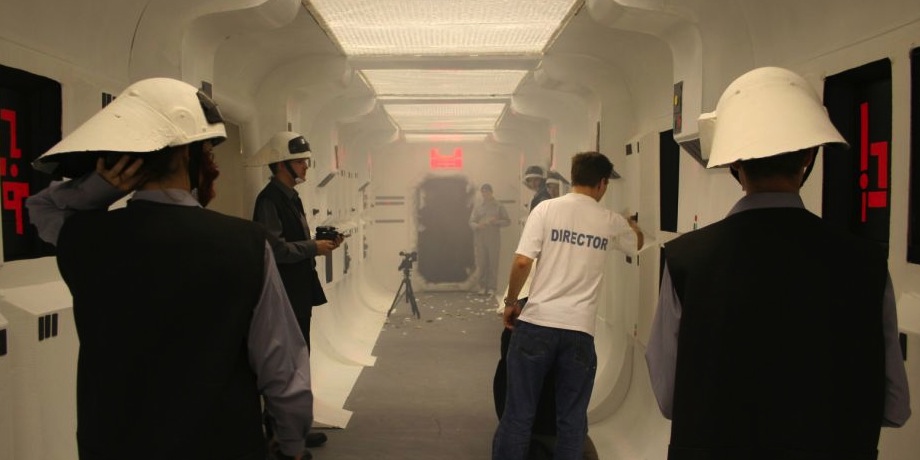This is the second in a set of three articles I’ve written exploring the future of the Mac Pro. I’ve split it to consider the wider context separately from Apple and the Mac Pro itself.
If you’d like to read more of the background to this article, start here.
Things have been looking rocky for Apple’s most powerful computers ever since Steve Jobs likened traditional computers to trucks.
When we were an agrarian nation, all cars were trucks, because that’s what you needed on the farm. But as vehicles started to be used in the urban centers, cars got more popular. Innovations like automatic transmission and power steering and things that you didn’t care about in a truck as much started to become paramount in cars. … PCs are going to be like trucks. They’re still going to be around, they’re still going to have a lot of value, but they’re going to be used by one out of X people. … I think that we’re embarked on that. Is the next step the iPad? Who knows? Will it happen next year or five years from now or seven years from now? Who knows? But I think we’re headed in that direction.
Apple discontinued the Xserve, and the Mac Mini is powerful enough to fulfil most of the Xserve’s roles. The Mac Pro looks to be next on the scrap heap. Apple doesn’t shy from killing off legacy features or products (such as the CD/DVD drives) in anticipation of the market moving ahead.
The market for the Mac Pro has been shrinking, with the iMac and MacBook Pro taking its place for many people. Marco Arment’s article about the Mac Pro’s future explores what Apple could do to increase the desire (i.e. expand the market) for the Mac Pro, and why all of those ‘options’ actually prevent the Mac Pro being a Mac Pro.
What I really gained from reading Marco’s article was a summary of why someone would pay so much more for a Mac Pro than an iMac.
So, where does this leave ‘truck drivers’ that have been considering getting a Mac Pro? Like my brother, a video editor, who wants plenty of screens and the option to use dedicated capture hardware.






